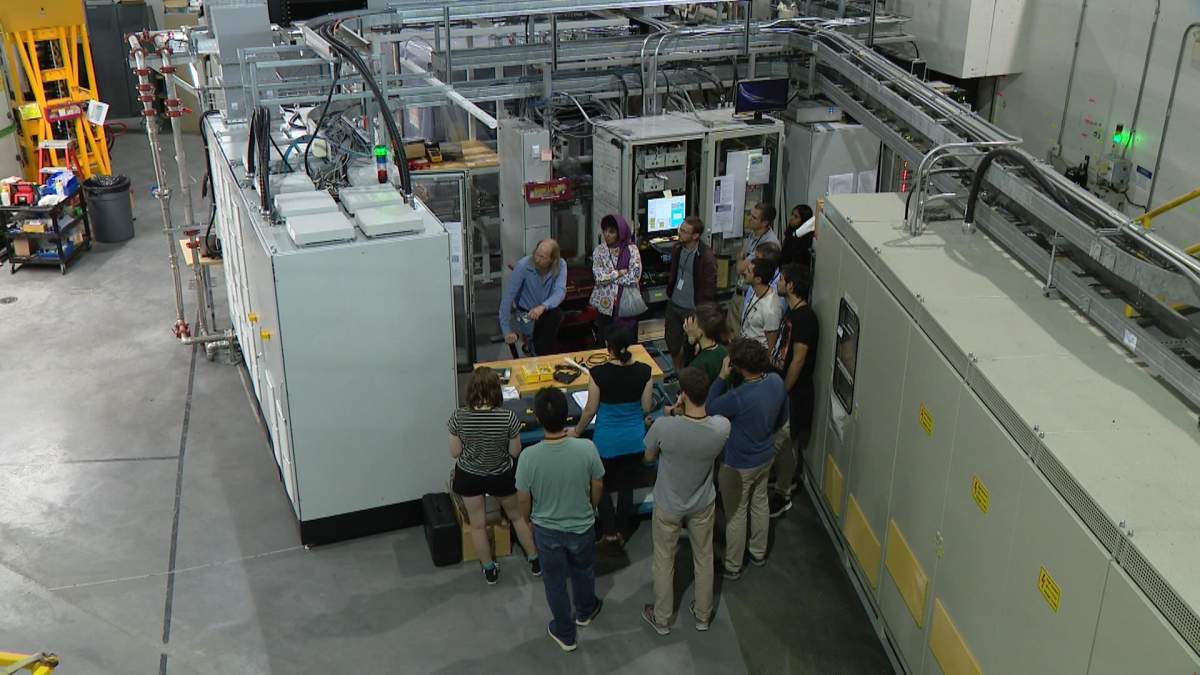Saskatoon is hosting one of the most prestigious summer school programs in the world this year with 30 international students coming to learn about a special type of machine.

The International Accelerator School (IAS), geared toward graduate students, post-doctorates, and lab employees, is teaching courses on superconductivity and how it’s applied to main accelerator technologies.
The students are learning about the inner working and capabilities of a particle accelerator in Saskatoon.
According to the Canadian Light Source Machine director Mark Boland, all the machines are unique and require a lot of learning.

Get breaking National news
“These machines are very large, and they are on a national scale,” Boland said. “Not every nation can have one type of machine in their country, so each country has a unique machine with different unique needs, and we have to pool together to service those needs.”
The machines are particularly tricky to use, requiring extreme levels of accuracy.
University of Saskatchewan master’s degree student Patrick Hunchak tried to explain how the machine works.
“As the particles are accelerated around the ring, they radiate different light, wavelengths, from infrared up to high energy x-rays and that light is directed down beam lines to experiments where they use the light for many scientific queries and looking into things like medical advances and material science,” Hunchak said.
Also a physics professor at the University of Saskatchewan, Boland said the program is intense, but a great place to bring scientists together.
“We have created this social dynamic where we have created this lock in school where everyone is focused and concentrated on learning together. It’s very effective to have these schools where the food, learning, the social interactions is all within the same place.”








Comments